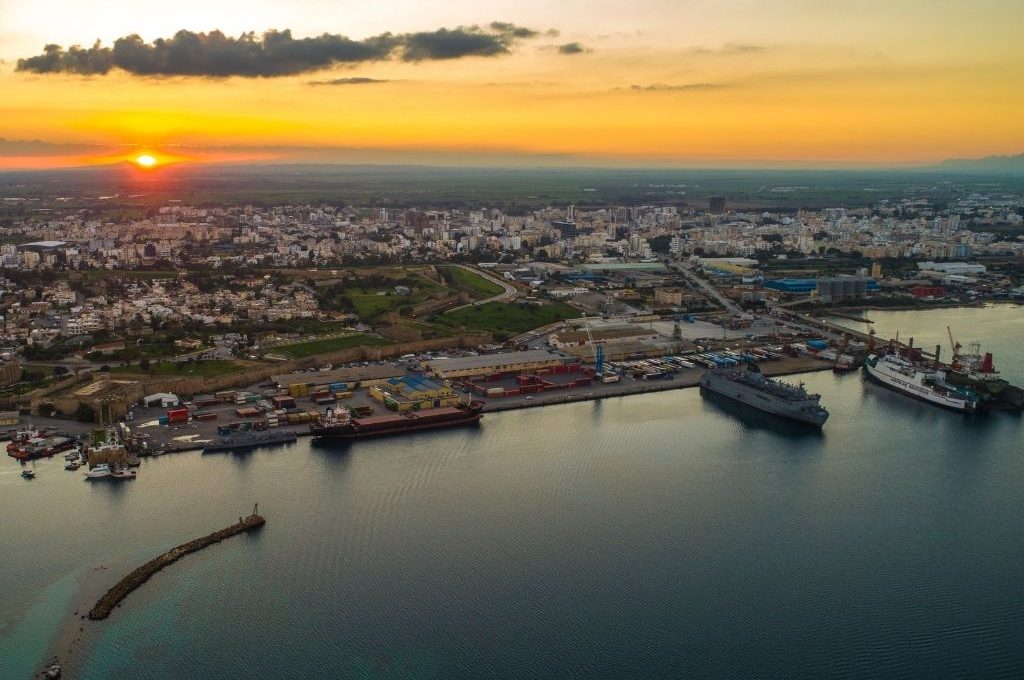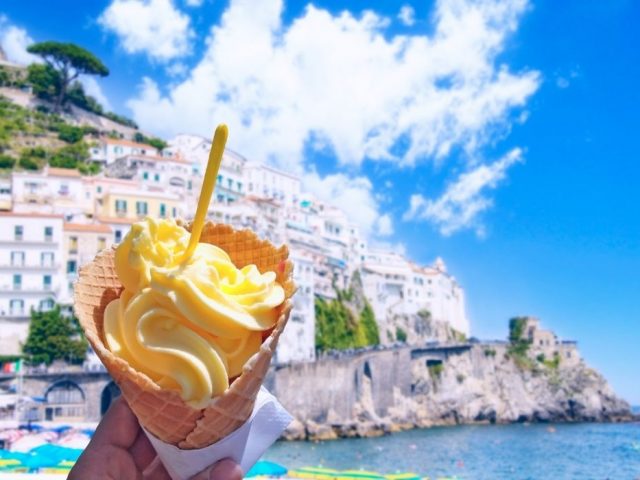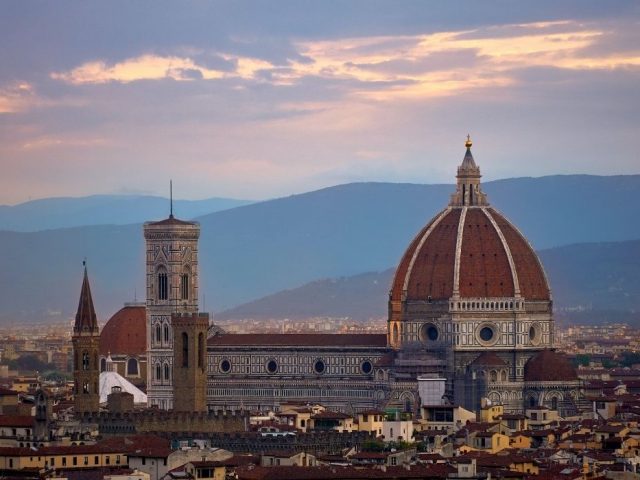‘’But I will wear my heart upon my sleeve
For daws to peck at: I am not what I am.’’
These lines are from Shakespeare’s famous play Othello. They say that the play Othello is set in Famagusta. Literature enthusiasts probably already know: in this famous work by Shakespeare, the commander Othello falls in love with Desdemona from Famagusta. Of course, the story ends with a tragic conclusion, but we won’t delve into that now. Othello Castle in Famagusta is open to visitors today as the place where the love of Othello and Desdemona was born. There is even a bust of Shakespeare just outside.
Famagusta is both the city of legends and exiles. The city of legends because, since the Ottoman period, Famagusta has been a city to which exiles were sent. In fact, there is a familiar name who was exiled here: Namık Kemal. The famous writer was held in the local prison for quite some time. He wrote his works Gülnihal and Famagusta Letters here. Namık Kemal also gave Famagusta its Turkish name.
Before we start, let’s remind you: don’t forget to download the Piri Guide mobile app to explore Famagusta step by step with your personal and digital tour guide! 😊
Where is Famagusta
Mağusa veya şu anki adıyla Gazimağusa, Kuzey Kıbrıs’ın doğu tarafında yer alan bir kent. Doğu Akdeniz Üniversitesi de Mağusa’da yer alıyor. Kuzey ve doğu kısmında Akdeniz’e kıyısı var. Lefkoşa’ya ise uzaklığı yaklaşık 70 kilometre. Mağusa, Akdeniz’in en güçlü liman kentlerinden birisi. Altın kumsallarıyla da birçok ünlü plajı içerisinde barındırıyor.
When To Visit Famagusta
Famagusta is a city experiencing the Mediterranean climate. Summers are long and dry, while winters are short but rainy. Even in March, you can see that the weather is warmer than normal. Therefore, you have the chance to visit Famagusta in many seasons of the year. The climate is quite favorable for this. However, there will surely be some of you who don’t want to be roasted in the sun or soaked in the rain. If a middle ground is to be found, spring months are the most ideal times. But if you say, “I want to spend time on the beaches of Cyprus,” choose the months of May-June.
A final note: When you go, you won’t encounter a very organized public transportation system. Therefore, it makes more sense to rent a car or bicycle in the city. And we’re sure you already know, but let’s remind you again: traffic flows on the opposite side in Cyprus. That means the steering wheels are on the right 🚗🚗 So, be careful when driving a bike or car on the road!
Places to Visit in Famagusta
St. Barnabas Archaeology and Icon Museum
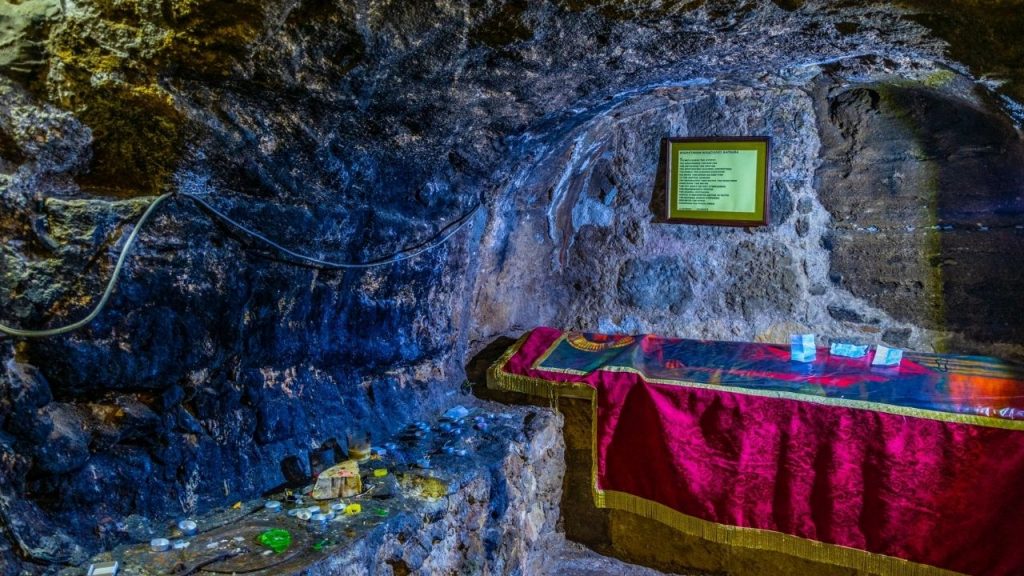
Barnabas is a saint of Jewish origin. Centuries ago, he came to Cyprus with the aim of spreading Christianity. However, while trying to propagate the religion, he was imprisoned in the city of Salamis. He was beaten and burned by anti-Christian individuals. As his body was about to be thrown into the sea, someone who believed in him stole Barnabas’s corpse and buried it in a cave. If you enter the church, you can see the icon of Barnabas and the depiction of Jesus in the frescoes. Inside the monastery, there are plates, jugs, and coffins.
According to legend, the mentioned cave appeared in the dream of the Bishop of Cyprus. In the dream, the remains of Barnabas and the Bible he was buried with were found in the region that appeared. Later, a monastery was opened in the name of the saint with donations. In the outside area, you will see Barnabas’s tomb in the form of a dome. To reach the cave beneath the carob tree where the tomb is located, you descend with 13 steps.”
Salamis Ancient City
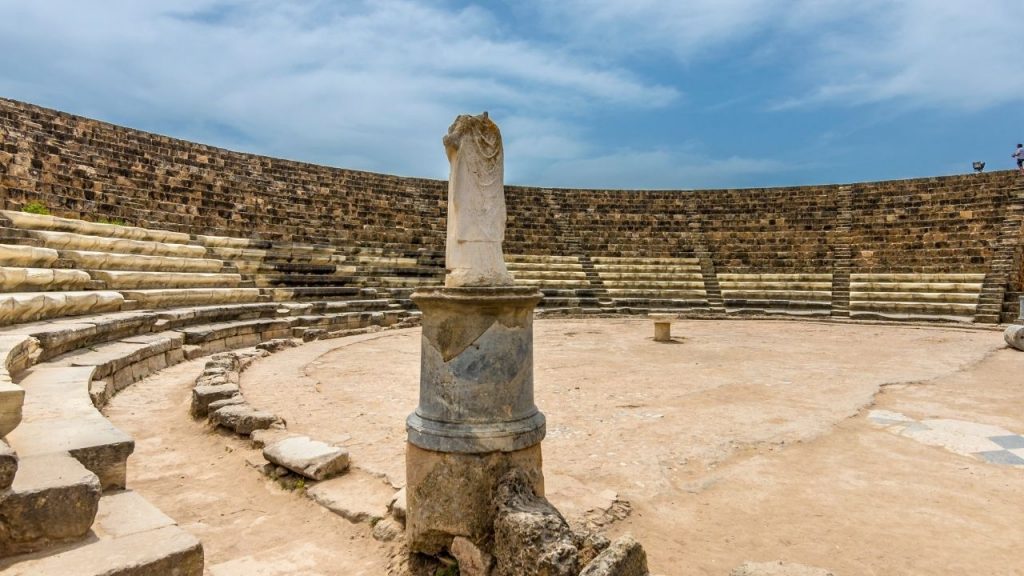
Salamis was the capital of Cyprus in the 11th century BC. The people moved here from another ancient city, Enkomi, after an earthquake. However, earthquakes and Arab invasions later struck Salamis as well. The city was destroyed and ruined. Salamis Ancient City has various areas such as a gymnasium, theater, and Roman baths. The remains of these can still be seen vividly within the city. The gymnasium area is surrounded by columns. It could only be used by men, and they would exercise here in the nude. The Roman baths include marble-covered pools and fountains. There is also a city theater with 50 rows, which you will see during your visit.
Othello Castle
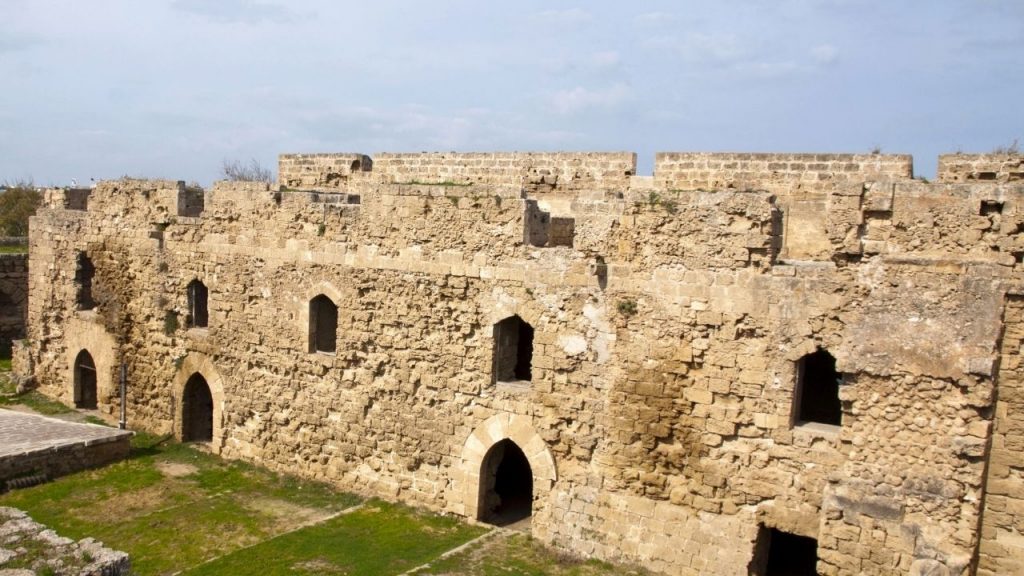
Does the name Othello sound familiar to you? Yes, yes, it’s the famous play by English writer William Shakespeare. Shakespeare drew inspiration from this for his play dated 1603. In fact, Othello is supposed to be set in Famagusta. It’s unclear how accurate this is, but there is still a bust in the place where the castle stands in his memory. Othello Castle is a medieval castle. During the Lusignan period, it was a residence for the royal family and servants. When it passed to the Venetians, the walls were reinforced, turning it into a military fortress. Due to its strength, it began to be called the “Impenetrable Castle” or the “Impenetrable Tower.” During the Ottoman siege, the city’s merchants came here to hide their fortunes in the tunnels inside the castle. There are still so many people who believe that the treasures are hidden inside the tower!
Namık Kemal Dungeon
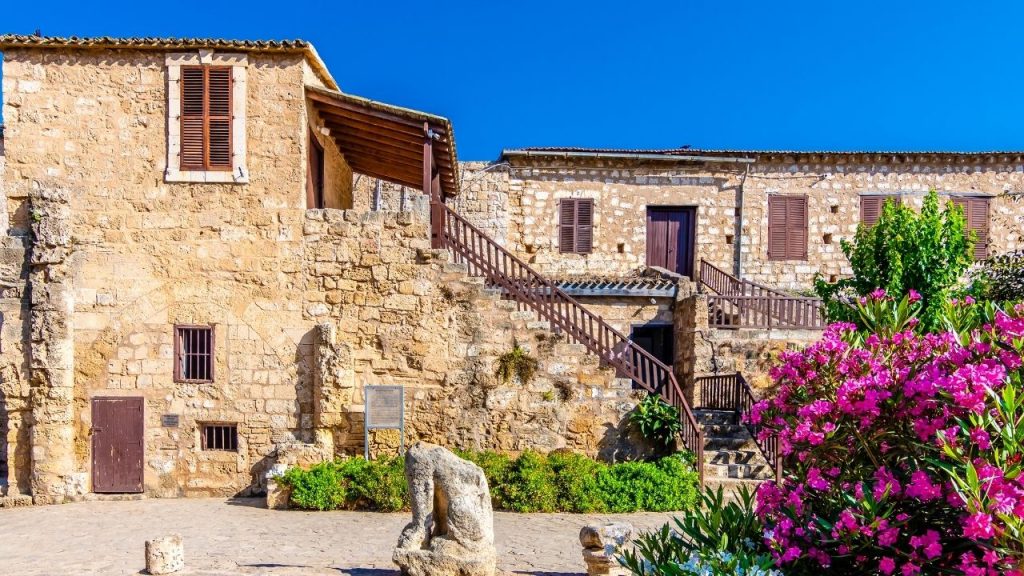
After writing the play “Vatan yahut Silistre” (Country or Silistre), Namık Kemal was exiled with five of his friends. He was sent to Cyprus. However, the interesting part is that it was not known whether Namık Kemal would stay in Nicosia or Famagusta until he reached the crossroads. Eventually, in the building now known as Namık Kemal Dungeon, he began to be imprisoned. The famous writer spent 36 months in the dungeon. During his stay, the people of Cyprus loved him very much. In fact, the room above the place where he stayed became his study. Today, the dungeon, study room, and adjacent rooms are used as a museum. Inside, you can find the writer’s photos, biography, and personal belongings.
Maraş
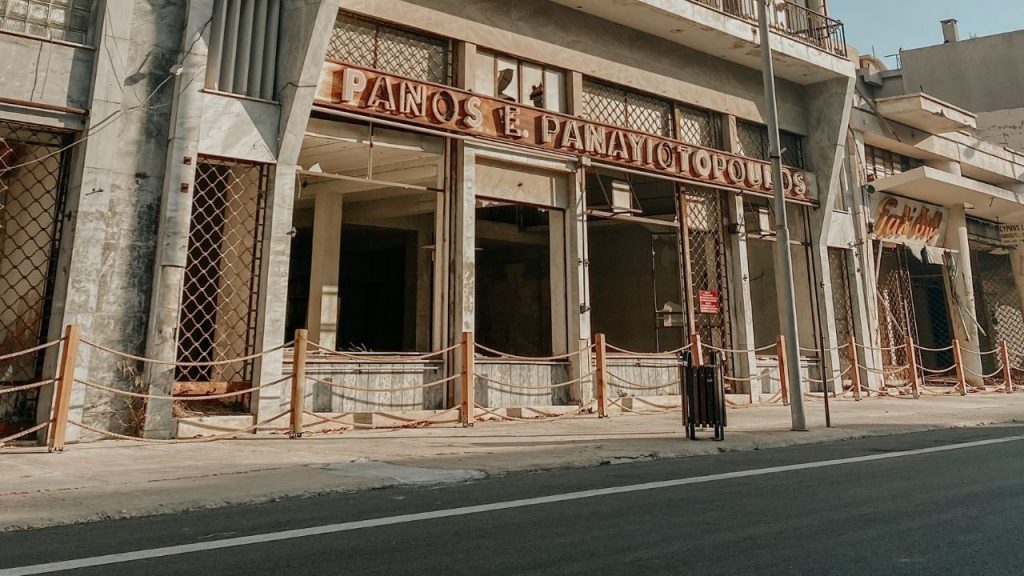
Our final destination is Closed Maras, also known as the Ghost City 👻 Maras, with the Greek name Varosha, was a settlement outside the walls of Famagusta. It used to be a lively area at the heart of the island, with hotels and entertainment venues. The city even had beaches as famous as Miami’s. However, this lasted until 1974 when the city was declared a restricted area due to the war. The entire population had to leave their homes. Over time, the city indeed took on the appearance of a ghost town. A portion of Closed Maras was opened to visitors on October 8, 2020. You can now explore the area by bike or on foot after passing through the controlled zone. Our recommendation is to explore Maras by bike. It will be an experience you will always remember.
Before you go, you may want to check our Batumi guide as well.

